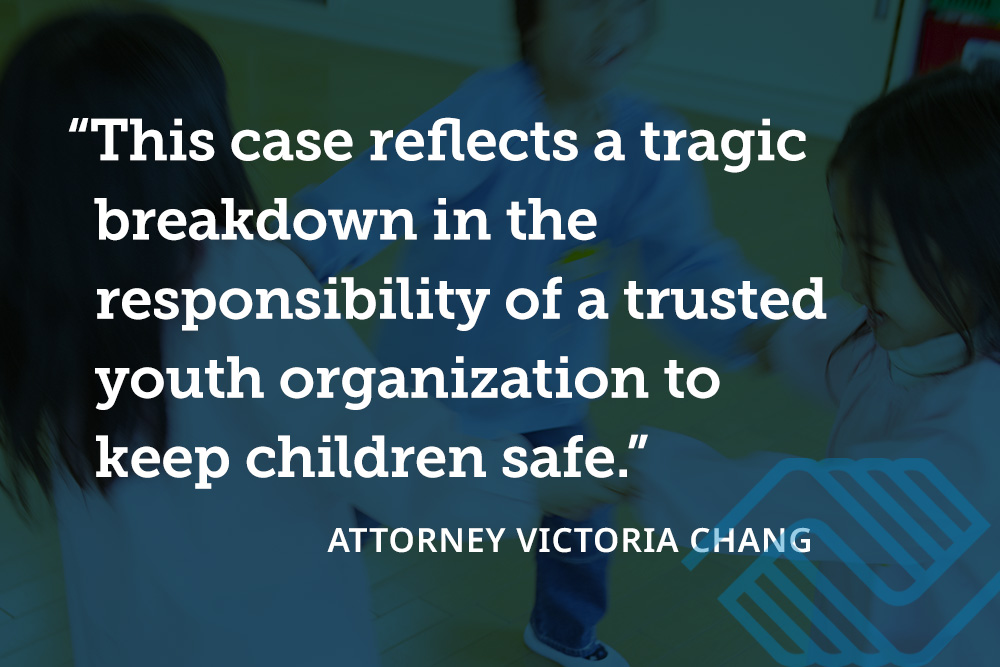The fact that asbestos exposure can cause malignant mesothelioma and other asbestos-related diseases is well established. However, despite years of research, the actual mechanisms by which asbestos fibers cause disease on a cellular level remain unclear. The International Mesothelioma Program (IMP) research team at the Brigham and Women’s Hospital in Boston continues to investigate the role of asbestos in the development of mesothelioma. They hope these studies will improve mesothelioma patient treatment and recovery leading to the ultimate goal of finding a cure for this deadly tumor.
Focusing on Asbestos Fibers
Researchers such as John Godleski, M.D. at the International Mesothelioma Program want to answer three basic questions about asbestos in the body and its relationship to mesothelioma. They want to know what kinds of asbestos fiber are present, how much is there and where those fibers are located. Using various scientific equipment and innovative techniques including confocal microscopy, chemiluminescence on in vivo or live tissue, and scanning electron microscopy, they are able to answer some of these questions.
Confocal microscopy captures images that are cross-sections of tissue samples. These two-dimensional slices can be combined to create a three-dimensional volume or model which helps researchers visualize the precise locations of the asbestos fibers in the tissue. Knowing where the asbestos fibers are located is key to understanding the mechanism of translocation, which is the way asbestos fibers deposited in the lungs are transported to the pleura or lining in the lungs and abdomen.
The amount of reactive oxygenation species or ROS present in a tissue sample can be measured using in vivo chemiluminescence techniques. High levels of ROS can damage DNA and may be linked to the development of cancers such as mesothelioma. The IMP research team uses chemiluminescence to determine the timing and location of this important process.
Lastly, when asbestos fibers are identified accurately, the amount of asbestos fibers or fiber burden can be estimated with electron microscopes. The type of fiber may be compared with the patient’s asbestos exposure history to correlate certain fiber types with the development of mesothelioma.
Possible Implications for Mesothelioma Treatment and Prognosis
One approach to prevent the development of mesothelioma is to try to block, disrupt or alter the process of translocation of asbestos fibers from the lungs to the pleura. As noted earlier, in vivo chemiluminescence can identify susceptible regions like the lymphatic system involved in the translocation process. This information could be used to slow down the movement or allow removal of the fibers before they are able to develop mesothelioma in the pleura.
The IMP investigators observed that pleural malignant mesothelioma patients with lower asbestos burdens have a higher survival rate than those patients with the highest burdens. They discovered an association between asbestos fiber burden and degree of tumor suppressor gene silencing. Higher asbestos burden corresponded to an increase in epigenetic silencing of tumor suppressor genes in mesothelioma. This may explain why patients with lower asbestos fiber burden are predicted to have better clinical outcomes.
Need for Asbestos Research Remains
The use of asbestos through the 1980s and later in the United States and long latency means that mesothelioma will affect a significant number of exposed individuals for the foreseeable future. Ilana Waxman, managing partner of Galiher DeRobertis & Waxman, a law firm that has represented mesothelioma patients for more than 30 years, agrees with the International Mesothelioma Program researchers that “additional studies of the role of asbestos in the development of mesothelioma are necessary and will help improve treatment and prognosis of this deadly cancer.”






